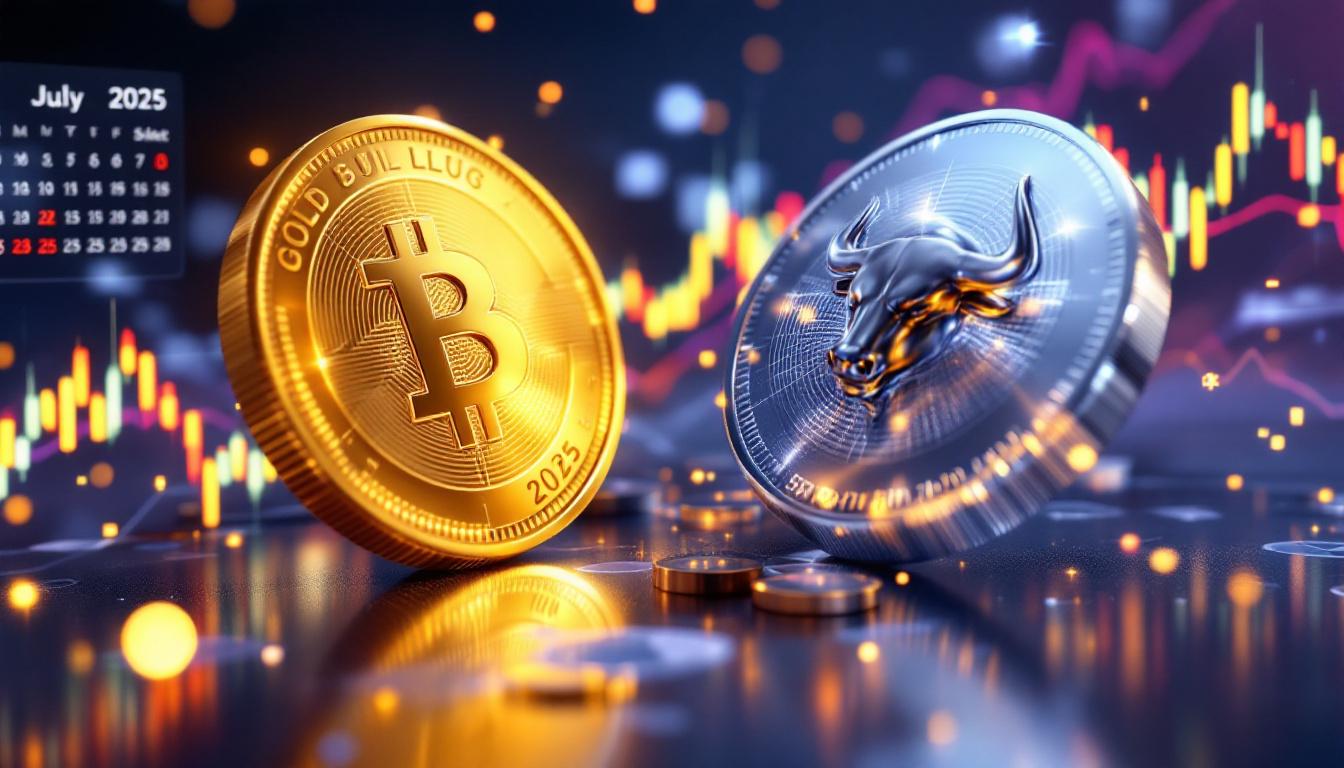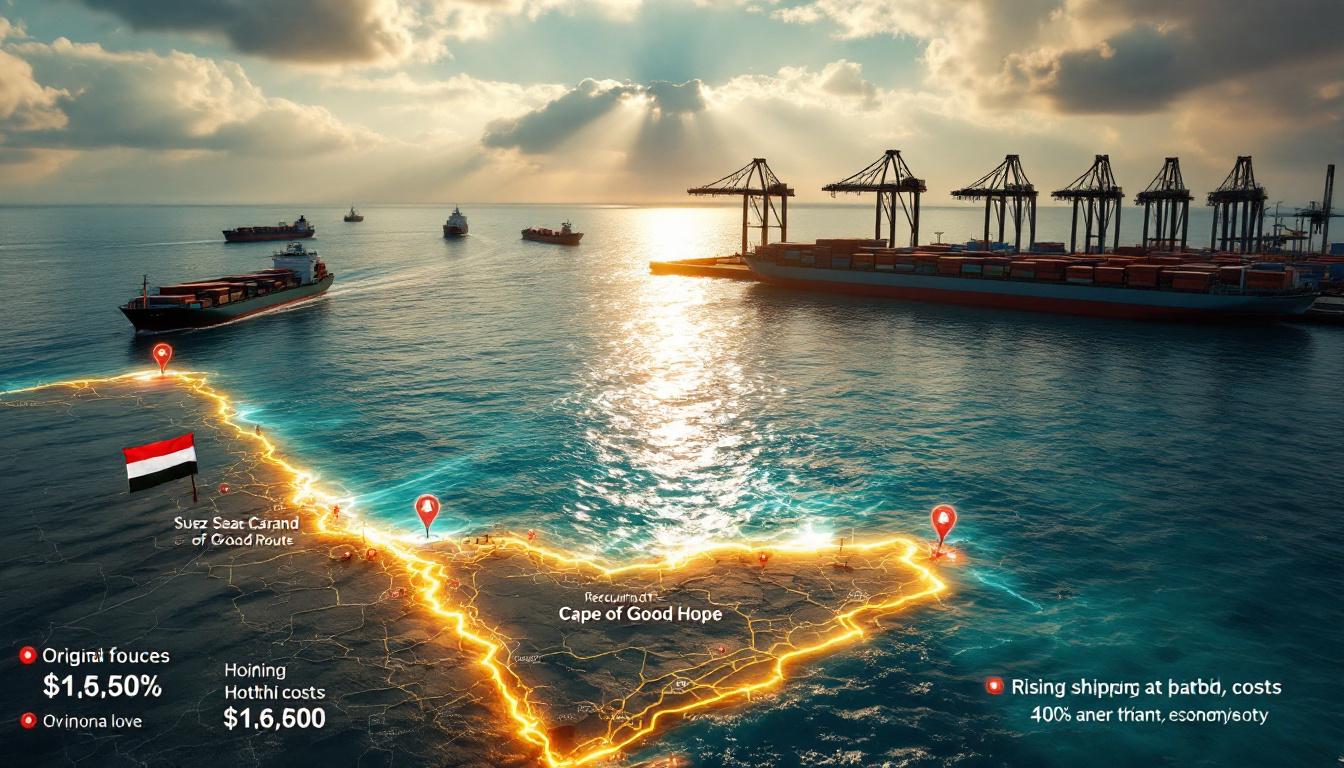Australian Strategic Materials: Navigating Global Rare Earth Supply Chain Disruptions
The global rare earth elements (REE) market faces unprecedented disruption due to escalating US-China trade tensions and China's strategic export restrictions. Australian Strategic Materials (ASM) emerges as a critical player in this landscape through its vertically integrated supply chain, including the Dubbo Project and Korean Metals Plant. This report examines the geopolitical context, ASM's operational advantages, and the broader implications for global industries reliant on REEs amid the ongoing critical minerals race.
What Is Happening With Global Rare Earth Supply Chains?
Understanding the US-China Tariff Conflict
President Donald Trump's 2024 tariff mandate on Chinese goods triggered retaliatory measures, including export restrictions on medium/heavy REEs such as dysprosium and terbium. These restrictions extend to oxides, metals, alloys, and magnets, affecting over 90% of global refining capacity controlled by China. The tariffs aim to reduce US dependence on Chinese REE imports but have intensified market volatility, with neodymium prices surging 34% since January 2025.
China's implementation of new export permitting requirements specifically targets materials essential for advanced technologies, creating bottlenecks throughout global manufacturing networks. These barriers represent a significant escalation in what analysts now describe as a "critical minerals cold war."
China's Dominance in the Rare Earth Market
China's 60% control of global mining output and 90% share in magnet production creates systemic vulnerabilities. Recent export constraints directly impact sectors requiring heavy REEs:
- Electric vehicles (EVs): Dysprosium—critical for high-temperature magnet stability—faces a projected 15kt deficit by 2028.
- Defense systems: Terbium-dependent guidance systems now face 6-9 month lead time increases.
- Aerospace applications: Samarium-cobalt magnets essential for high-temperature environments see supply uncertainty.
- Medical imaging equipment: Gadolinium shortages affect contrast agent availability.
ASM CEO Rowena Smith notes, "The pandemic exposed fragile supply chains; these restrictions amplify the need for diversification." Furthermore, understanding the current distribution of global rare earth reserves has become crucial for investors analyzing supply risks.
How Is Australian Strategic Materials Positioned Amid This Disruption?
ASM's Vertically Integrated Strategy
ASM's mine-to-metals model bypasses Chinese processing via:
- Dubbo Project (NSW): A zirconium-niobium-REE deposit with 1.4Mt total rare earth oxides (TREO), slated for 2028 production.
- Korean Metals Plant: Produces 500t/yr NdPr metal and 300t/yr NdFeB alloy, scaling to 1,200t/yr by 2026.
This integration reduces geopolitical risks, offering traceable "mine-to-magnet" solutions. Unlike competitors who must export concentrates to China for processing, ASM's vertical integration provides sovereign capability across the entire value chain.
The Dubbo Project: Australia's Rare Earth Resource
The project's resource includes:
- Critical REEs: 23% neodymium, 18% praseodymium, 4% dysprosium.
- Byproducts: Zirconium (2.8Mt) and niobium (0.6Mt) for nuclear and aerospace markets.
Phase 1 targets 3,000t/yr TREO production using alkali crack processing, reducing wastewater vs. conventional methods. The project's polymetallic nature provides economic resilience through commodity super cycle fluctuations, with four separate revenue streams mitigating single-commodity risk.
Korean Metals Plant: Current Capabilities
The plant's 2025 expansion will add:
- Dysprosium metal: 200t/yr capacity via molten salt electrolysis.
- Terbium metal: 50t/yr using solvent extraction.
This positions ASM among only four non-Chinese facilities producing heavy REE metals. The plant's proprietary metallization technology achieves 98.5% purity—exceeding industry standards while reducing energy consumption by 35% compared to traditional reduction methods.
Why Are Alternative Rare Earth Supply Chains Critical?
Supply-Demand Imbalance in Rare Earth Markets
Global REE demand will outstrip supply by 40% by 2030, driven by:
- EV growth: 70M EVs require 300kt NdFeB magnets annually.
- Wind energy: Offshore turbines need 2t/MW of dysprosium.
- Consumer electronics: Miniaturization trends demand 8% more neodymium per device generation.
China's market impact through export controls could accelerate this deficit, particularly for Dy (8% CAGR demand vs. 3% supply growth). Even before tariff turbulence, industry analysts projected a structural deficit in heavy rare earths beginning in 2026.
Strategic Importance of Rare Earth Elements
REE applications span national security and green tech:
- Defense: F-35 fighters use 417kg of REEs per unit.
- Renewables: Each 3MW turbine contains 2t of neodymium.
- Quantum computing: Ytterbium and erbium enable quantum bit stability.
The US Department of Energy estimates 400% REE demand growth for clean tech by 2040. Without secure supply chains, the International Energy Agency warns that climate targets become "technically unfeasible." According to a recent UNSW analysis, these materials are increasingly becoming central to national security considerations.
What Do Industry Experts Say About The Situation?
Expert Insights on Supply Chain Resilience
Rowena Smith emphasizes, "Vertical integration mitigates midstream bottlenecks dominating 78% of REE production costs." MIT's Critical Materials Institute warns that without non-Chinese refineries, 90% of planned Western REE mines face stranded asset risks.
The EU's 2025 Critical Raw Materials Act mandates 30% domestic processing, aligning with ASM's model. Geopolitical analysts note that China's export controls represent a strategic decision to maintain downstream manufacturing advantages rather than simple resource nationalism.
Industry consultancy Adamas Intelligence observes: "Producers with both mining and metallurgical capabilities will command premium valuations in this new paradigm where physical delivery matters more than paper contracts."
How Might This Impact The Rare Earth Market?
Market Implications and Future Outlook
Price volatility has increased:
- NdPr oxide: $95/kg (Jan 2025) → $127/kg (April 2025).
- Dy oxide: $300/kg → $450/kg.
- Tb oxide: $1,250/kg → $1,800/kg with limited spot availability.
Governments are responding with subsidies:
- US Defense Production Act: $1.2B for REE projects.
- Australia's Modern Manufacturing Initiative: $500M grant pool.
- EU Critical Raw Materials Fund: €3.3B for strategic resources.
This tariff turmoil has accelerated regional bloc formation, with "friendly-shoring" replacing globalized supply chains in strategic minerals. Investors are increasingly adopting geopolitical shift strategies to navigate these rapidly changing market dynamics.
Investment Considerations in the Rare Earth Sector
ASM's valuation reflects premium metrics:
- EV/EBITDA (2026E): 18x vs. sector avg. 12x.
- Reserve life: 25 years at Dubbo vs. 15yr peer avg.
- Geopolitical premium: Non-Chinese assets command 35% higher multiples since tariff implementation.
Investors favor firms with offtake agreements, such as ASM's 2024 deal with Hyundai (7kt NdFeB/yr). The unique metallurgical capabilities at ASM's Korean facility provide margin protection during volatile feedstock pricing environments.
FAQ: Rare Earth Elements and Global Supply Chains
What are rare earth elements and why are they important?
The 17 REEs enable miniaturization and efficiency in technologies from smartphones (La) to missile systems (Sm). Their unique magnetic (Nd) and luminescent (Eu) properties make them irreplaceable in modern applications.
Despite the name "rare earths," elements like cerium are more abundant than copper. The challenge lies in economic extraction from ore bodies where REEs rarely concentrate above 0.1% grade. Their chemical similarity makes separation energy-intensive and technically complex.
How will China's export restrictions impact global industries?
Automakers face $200/vehicle cost increases, while wind turbine delays could jeopardize 120GW EU offshore targets. Medical imaging shortages (gadolinium-based agents) may emerge by late 2025.
Supply chain managers report extending lead times from 45 to 120 days for rare earth components, forcing inventory buildups and working capital constraints. Industries dependent on dysprosium and terbium face the most severe disruptions due to limited substitution options. As reported by Reuters, these disruptions are already impacting consumer confidence in markets like Australia.
What advantages does ASM's integrated approach offer?
ASM's 45-day production cycle (vs. 90-day Chinese avg.) and 98.5% purity metals command 15-20% price premiums. The Korean plant's zero-liquid-discharge system aligns with EU sustainability mandates.
Unlike competitors selling concentrates into fluctuating spot markets, ASM's metallurgical capabilities allow direct-to-manufacturer sales agreements with predictable revenue streams. This Australian Strategic Materials approach provides end users with full traceability—increasingly important as ESG concerns affect procurement decisions.
Future Prospects for Australian Strategic Materials
ASM's strategy aligns with emerging geopolitical realities that prioritize security of supply over lowest-cost production. With tariff turmoil reshaping global trade patterns, integrated producers outside China's sphere of influence stand to benefit disproportionately.
The company's dual focus on both light and heavy rare earths provides diversification that most competitors lack. While many Western projects concentrate solely on NdPr production, ASM's ability to supply dysprosium and terbium addresses the most acute supply vulnerabilities.
As industries adapt to this new normal of restricted Chinese exports, ASM's first-mover advantage in metallurgical capabilities positions it to capture premium pricing in Western supply chains increasingly mandated to reduce dependence on single-source materials.
Want to Spot the Next Major Mineral Discovery?
Stay ahead of the market with instant notifications on significant ASX mineral discoveries through Discovery Alert's proprietary Discovery IQ model. Explore how historic discoveries have generated substantial returns by visiting the dedicated discoveries page and begin your 30-day free trial today.




